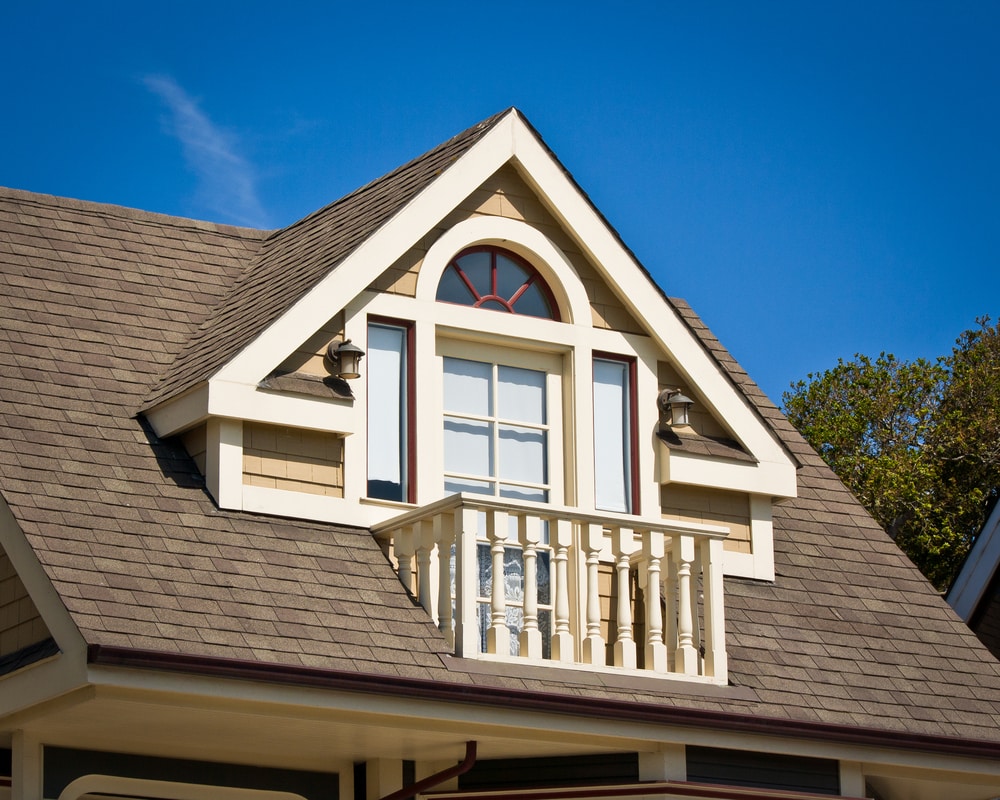With modern roof finishing options, you have a virtual rainbow of options for your home or business. However, when you’re choosing your roof’s color, you’ll want to consider more than looks. For example, did you know that the color of your roof can have an effect on your heating bill? What color roof is most energy efficient?
What Color Roof Is Most Energy Efficient?
Have you ever wondered what makes some roofs more energy efficient than others? If you haven’t, you should. An energy-efficient roof can save you a ton of money on your electricity bills, and it’s also better for the planet because it reduces your carbon footprint. An energy-efficient roof is a win-win for you and Mother Earth. The best part is that it doesn’t require any fancy equipment or special knowledge. All you need to know about is a scientific phenomenon called the Albedo effect.
What Is the Albedo Effect?
The Albedo effect refers to the ability of certain surfaces to reflect sunlight back into the atmosphere, keeping the surface temperature cooler. For example, have you ever seen a snowy field on a sunny day and wondered why it doesn’t melt? The reason is that the white color of snow reflects sunlight away from the snow before it can heat up enough to melt. You also may know about this effect from selecting a summer wardrobe. Has anyone ever told you to wear white t-shirts on sunny days to keep yourself cool? It may sound silly, but it works because of the Albedo effect. Lighter colors have a higher Albedo effect and are therefore more reflective, where dark colors have a lower Albedo effect and absorb more of the sun’s rays.
What Does That Have to Do with My Roof?
Something as simple as the color of your roof can have a huge documented effect on your energy bill. That’s because the sunlight that dark roofs absorb raises the temperatures of the structure below them and continues to do so for as long as sunlight is present. For example, on a 95-degree day, a light-colored roof is likely to stay at or around 95 degrees. However, a dark-colored roof can get as hot as 175 degrees under direct sunlight! This radiates heat into the structure below, making your air conditioner work that much harder to keep your space cool. If you live in a place with warm and sunny summers, those hot days can add up to huge energy bills.
If that wasn’t bad enough, consider the “heat island” effect. The heat retained by a dark roof is not only radiated downwards but also outwards to the structures next to it. A cluster of buildings with dark roofs can create heat effects that make summers dangerous. Light-colored roofs are so effective at helping keep temperatures low that some cities even have cool roof programs to help homeowners get lighter-colored roofs. It’s beneficial for individual homeowners and the community as a whole.
What Color Roof Should I Get for My Home?
In general, a lighter-colored roof is the way to go. A white roof will reflect the most sunlight. However, if a white roof doesn’t work for you, you can consider a peach roof, a light gray roof, or many other lighter-colored options. The main thing to remember is that dark colors absorb sunlight, and light colors reflect it. The lighter the roof, the lower the energy bills. There are also other steps you can take to make your roof more energy efficient, such as roof insulation. Talk to a roofing professional about all of your options.
_____
Now that you know what color roof is most energy efficient, you may be ready for an upgrade. If you’re looking for an energy-efficient roof, give us a call and we’ll help you explore the possibilities.
With over 20 years of residential and commercial roofing experience, you can count on Taylor-Made Roofing to provide high-quality, reliable roofing and insulation services. Plus, we always stand by our work with a strong warranty that will provide you with peace of mind. For more information, please give us a call at 417-326-8778 or contact us online for a free quote.

